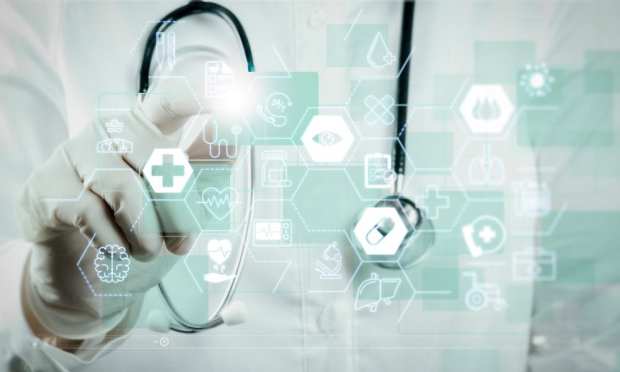5G Starts Adding Fuel To Healthcare Payments And Innovation

As 5G deployments start, the people who run hospitals and medical offices, along with companies that supply healthcare devices and payment services, are starting to figure out what the quicker speed and other features of the new mobile network technology will do for them. These early moves are yet another sign of the wide and deep impact that 5G promises to have.
The rise of 5G coincides with significant, usually digitally focused changes in healthcare and healthcare payments. The two trends promise to reinforce one another.
5G Wearables
Take wearables as an example.
They are already being used as fitness trackers for related tasks, with insurance companies and medical groups testing out their effect on consumers, a trend that could lead to more precise and individual data, and perhaps even discounts or incentives for health insurance. According to one estimate, worldwide shipments of wearable devices will reach 225 million in 2019 (not all those devices are solely focused on health and fitness). In addition, end user spending on wearable devices is expected to reach $42 billion in 2019, with $16.2 billion of that amount on smartwatches.
“Part of the preventative care equation that 5G has the potential to unlock will be the increasing ubiquity of sensor data,” and that include wearables, reads one recent analysis of 5G and healthcare. “The market for wearable tech that monitors everything from your heartbeat to your blood sugar is booming, and caregivers are receiving previously unseen insight into the everyday health of their patients. Healthcare providers will be able to combine it with other data that is known to impact health – think air quality or other environmental stressors – but is currently not available for the average interactions between doctors and patients.”
As well, the current growth in voice-assistance technology in retail will play out in healthcare in its own way, thanks in large part to 5G, according to the report. “5G will also open the door to integrating new data sources into personal care, like voice and video inputs, giving healthcare another layer of information from which to draw and new ways for patients to engage in their care.”
The new and emerging 5G mobile network technology also promises to enable more uses of virtual reality and augmented reality. That holds true in both retail and healthcare, according to reports, including those recently released by PYMNTS.
5G and Hospitals
Beyond that, hospitals are thinking about how to best equip themselves for 5G technology, and what use it will bring. Hospitals are already hooking up to the Internet of Things (IoT) as part of larger efforts to embrace digital, a push that will bring new efficiencies to recordkeeping, payments and the daily practice of medicine.
Those trends reportedly are playing out at Chicago-based Rush University Medical Center. “The first step, though, is for Rush to digitize health records and move all of the hospital’s various apps and services into the cloud,” the report said, adding that the hospital has some 400 applications involved in this technical effort.
That move to digital records and 5G presents challenges for hospitals and medical offices, though. As the report on the work at Rush describes, “many of the hospital’s physicians and staff use iPhones and iPads. That could create problems … considering Apple is widely expected to skip 5G this year and instead release its first 5G phone in the fall of 2020. In the meantime … Rush plans to get Android 5G devices up and running shortly.”
5G Payments Impact
More broadly, the new mobile communications technology will also support the quicker transmission of large image files – such as those produced by MRIs – in healthcare. In addition, the deployment of 5G will support the growth of the telemedicine market, which, according to a Market Research Future report, will grow at a compound annual growth rate (CAGR) of 16.5 percent until 2013.
“North and South America currently account for the largest share of telemedicine market, (while) the Asia Pacific is expected to [be] the fastest growing region during the forecast period, due to a rising geriatric population, increasing prevalence of chronic diseases and developing healthcare infrastructure,” the report stated.
Telemedicine services like Doctor on Demand – which now operates in 50 states – connect patients with physicians, psychiatrists and mental health workers entirely across digital channels. Instead of going to the doctor’s office, the doctor comes to one’s screen of choice, as described in a PYMNTS interview with Hill Ferguson, the company’s CEO.
These are just the very early gold rush days for 5G, but it’s clear that healthcare innovation and payments will be impacted by the technology.
